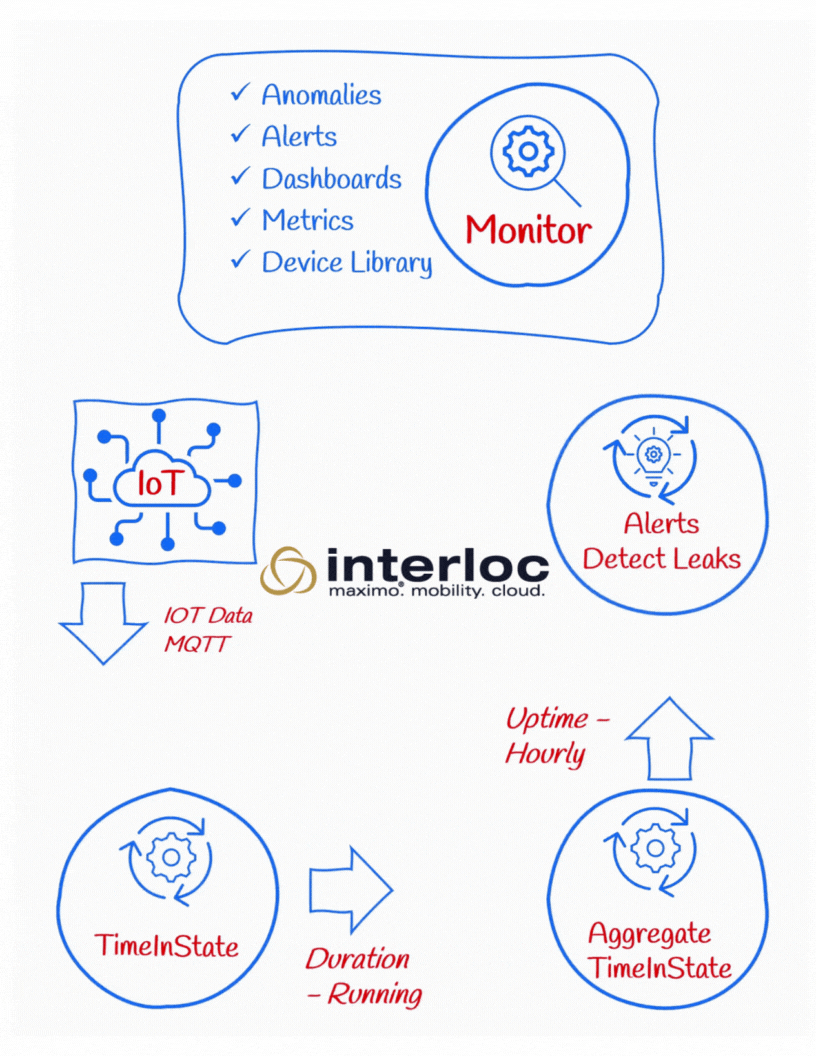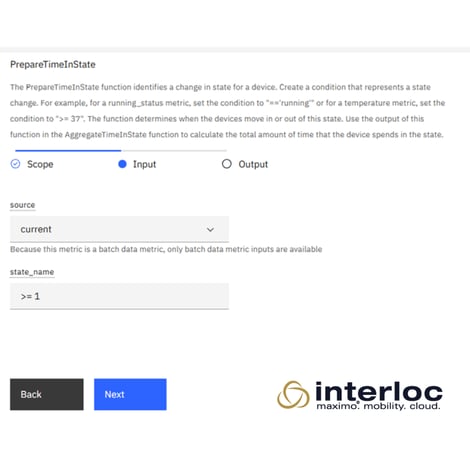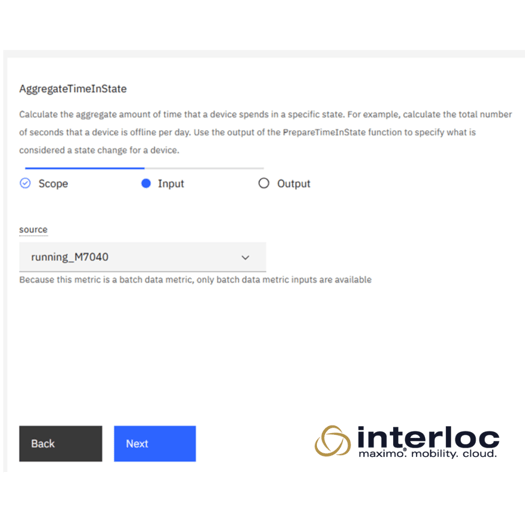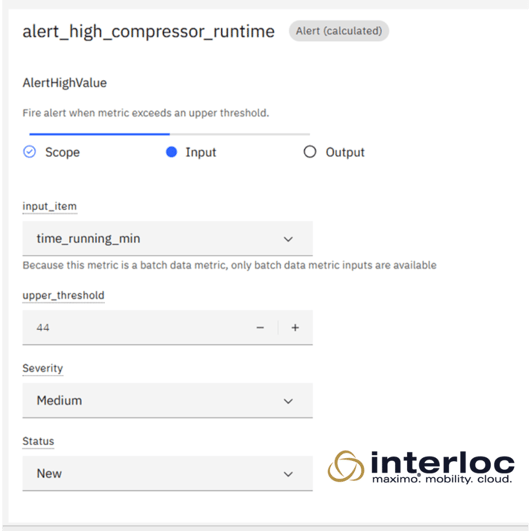Detecting Air Leaks in Metro Rail Pneumatic Systems with IBM Maximo Monitor Derived Metrics
Maximo | IBM Maximo | Maximo Application Suite | Smart Monitoring | Equipment Monitoring | Asset Performance Management | Condition Monitoring | coding
As urban transit systems expand and become more complex, ensuring the health and efficiency of mission-critical assets is vital to operational continuity. One such asset — the air compressor — plays a critical role in metro rail environments, supporting pneumatic braking systems, HVAC, and automated doors. A seemingly minor issue like an air leak in the pneumatic systems can cause compressors to run excessively, consuming more power, increasing maintenance needs, and leading to avoidable service interruptions.
In this blog, we continue our exploration of IBM Maximo Monitor, focusing on how you can use it to track compressor runtime and detect potential leaks in real time using derived metrics.

Understanding the Use Case: Air Leaks in Transit Infrastructure
In a metro rail system, air compressors are expected to run intermittently. However, if there's a leak in the pneumatic circuit, the compressor compensates by running longer or continuously — a tell-tale sign of inefficiency.
Manually identifying such issues is labor-intensive and often reactive. Our goal is to detect anomalies in compressor runtime early, using amperage data from existing sensors and Maximo Monitor’s real-time analytics.
A Quick Recap: What is IBM Maximo Monitor?
IBM Maximo Monitor offers a powerful, scalable solution for visualizing real-time IoT data, detecting anomalies, and driving data-informed decisions. Purpose-built for operational environments, it brings together streaming telemetry and advanced analytics to deliver:
- Real-time IOT metrics dashboards
- Intelligent alerting and rule-based thresholds
- Integration with Maximo Manage, Health and Predict
- AI models for anomaly detection
- Derived metrics that turn raw signals into operational insights
The Power of Derived Metrics
One of the most transformative features in Monitor is the ability to define derived metrics. These metrics are calculated in real time from incoming data streams — enabling you to interpret asset behavior, detect states, and quantify operational performance.
For example, if a sensor reports current (amperage), a derived metric can tell you:
- When the equipment is running
- For how long it has been running
- How often it transitions between running and stopped states
Understanding Compressor Leaks in Railway Systems
How do leaks occur? Common root causes include:
- Wear and tear on pneumatic lines (vibration, abrasion, cracks)
- Loose or degraded fittings and connectors
- Aging valves and seals that lose integrity
- Internal corrosion from moisture in the system
- Operator or maintenance errors (e.g., over-torqued fittings)
When leaks occur, the compressor compensates by running longer to maintain system pressure, leading to excessive energy use, premature wear, and potential service disruptions.
Building the Compressor Runtime Use Case
Step 1: Stream Current (amperage) Data to Monitor
Example payload:
{
"timestamp": "2024-07-24T01:00:00Z",
"compressor_id": "COMP-101",
"current": 9.2
}
Step 2: Use PrepareTimeInState to Track States (Running vs Stopped)
Function used: If current reading is greater than 1, compressor is running:

Step 3: Aggregate with AggregateTimeInState
Function used: Calculate how much the compressor was running each hour.

Step 4: Visualize Runtime Trends
Normal runtime: ~25–30 min/hour. Spikes or drops may indicate anomalies.

Step 5: Configure Smart Alerts

Final Thoughts
With just amperage data and a few derived metrics, Maximo Monitor unlocks a new level of visibility, efficiency, and confidence for operations teams. Transit agencies can detect leaks before they escalate, optimize maintenance workflows, and reduce system downtime.

About Khalid Sayyed
Khalid Sayyed is a Maximo Consultant with over 15 years of industry experience, primarily in IBM Maximo and Cognos analytics. He has worked on multiple Maximo implementations and on support/administration projects, leading teams of developers and consultants. He has extensive experience working with IBM Maximo infrastructure & architecture, integrations, administration, upgrade, configurations, customizations, analytics, and end user/admin trainings. Khalid is very passionate about IOT, Data science and its applications to reliability industry for predictive maintenance.



